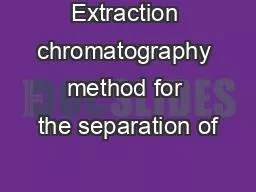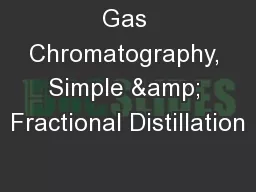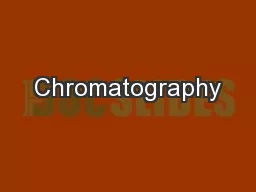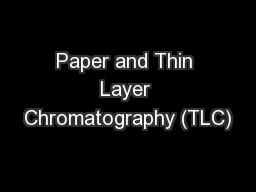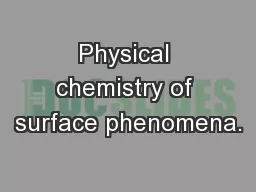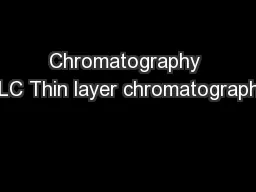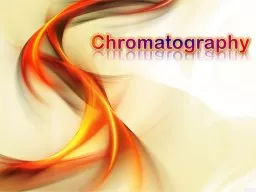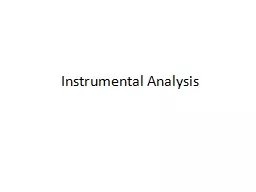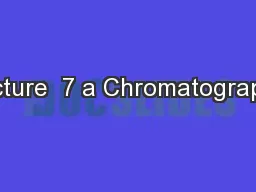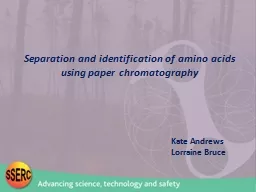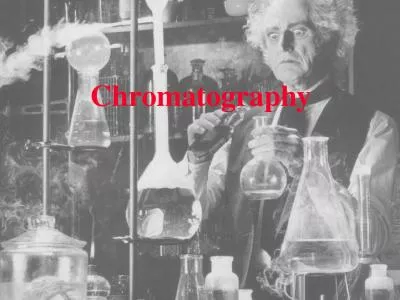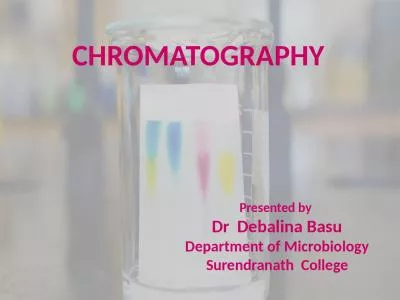PPT-Extraction chromatography method for the separation of
Author : spottletoefacebook | Published Date : 2020-08-07
155 Tb from radionuclide impurities for primary standardisation nuclear data measurements and SPECT imaging MEDICIS Promed Final Conference 30 April 4 May
Presentation Embed Code
Download Presentation
Download Presentation The PPT/PDF document "Extraction chromatography method for the..." is the property of its rightful owner. Permission is granted to download and print the materials on this website for personal, non-commercial use only, and to display it on your personal computer provided you do not modify the materials and that you retain all copyright notices contained in the materials. By downloading content from our website, you accept the terms of this agreement.
Extraction chromatography method for the separation of: Transcript
Download Rules Of Document
"Extraction chromatography method for the separation of"The content belongs to its owner. You may download and print it for personal use, without modification, and keep all copyright notices. By downloading, you agree to these terms.
Related Documents

